10 Best Arctostaphylos Uva-Ursi Preparations
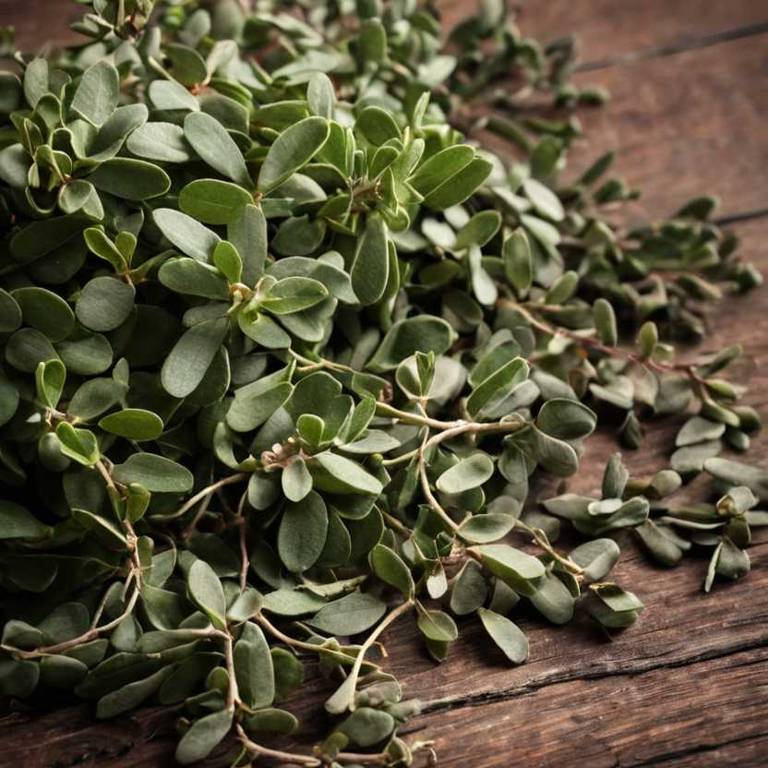
The best medicinal preparations of Arctostaphylos uva-ursi are decoctions, teas, tinctures, syrups, and linctuses, each offering unique benefits for its traditional uses.
Decoctions involve simmering the dried leaves to extract their active compounds, while teas provide a gentler, more accessible form.
Tinctures, made with alcohol, offer concentrated potency and longer shelf life.
Syrups and linctuses are commonly used for their soothing effects, particularly in respiratory conditions.
These preparations have been historically valued for their antimicrobial and astringent properties.
Below there's a list of the 10 best herbal preparations of arctostaphylos uva-ursi for medicinal purposes.
- 1. Decoctions
- 2. Teas
- 3. Tinctures
- 4. Syrups
- 5. Linctuses
- 6. Capsules
- 7. Lozenges
- 8. Creams
- 9. Oinments
- 10. Liniments
1. Decoctions
Arctostaphylos uva-ursi decoctions is commonly used to treat urinary tract infections, kidney stones, and other urinary system disorders due to its antimicrobial and anti-inflammatory properties.
The most common medicinal uses include alleviating symptoms of cystitis, urethritis, and bladder infections, as well as supporting kidney health. The bioactive constituents responsible for these effects include arbutin, tannins, flavonoids, and ursolic acid, which exhibit antibacterial, astringent, and antioxidant activities. These compounds help reduce inflammation and inhibit the growth of harmful bacteria in the urinary tract.
However, prolonged use may lead to side effects, so it is important to consult a healthcare professional before use.
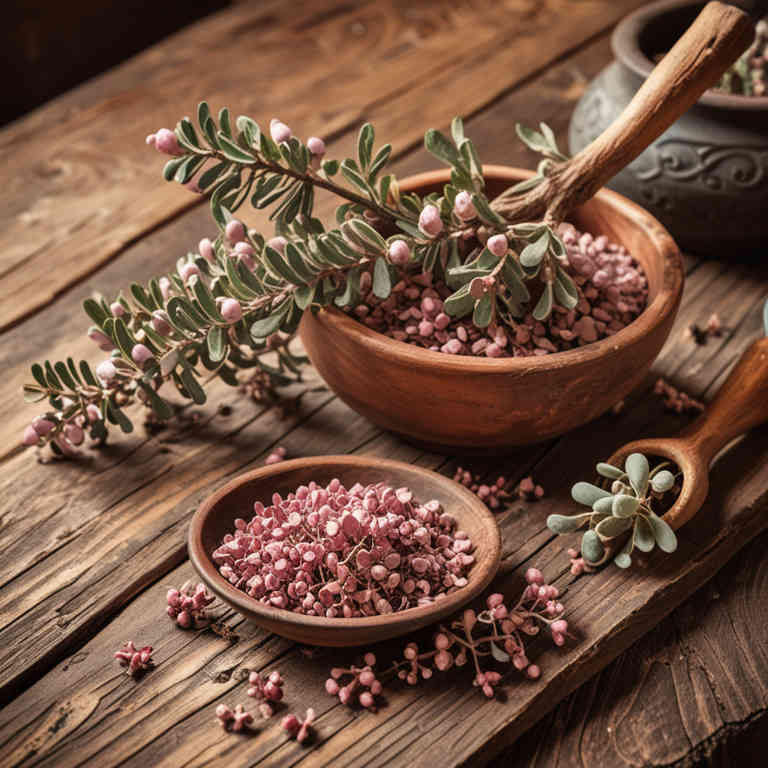
2. Teas
Arctostaphylos uva-ursi teas is commonly used to treat urinary tract infections, kidney ailments, and bladder inflammation due to its antimicrobial and anti-inflammatory properties.
The most common medicinal uses include addressing symptoms of urinary tract infections (UTIs), kidney stones, and inflammatory bladder conditions. This herbal preparation is also used to support overall urinary tract health and may help alleviate symptoms of chronic urinary conditions. The bioactive constituents responsible for its medicinal effects include arbutin, tannins, flavonoids, and hydroquinone, which exhibit antimicrobial, astringent, and anti-inflammatory actions.
These compounds work synergistically to reduce infection and inflammation in the urinary system.
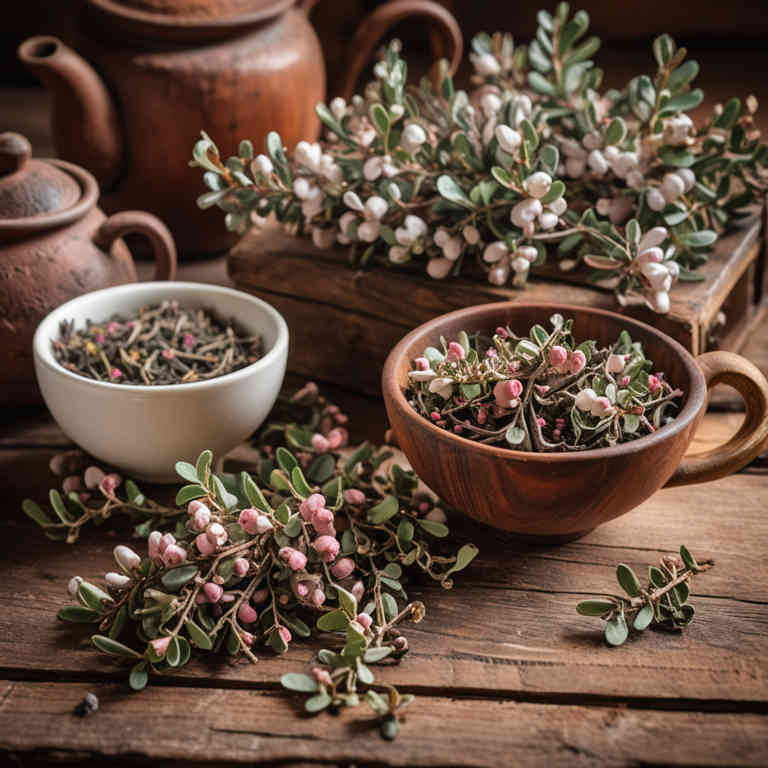
3. Tinctures
Arctostaphylos uva-ursi tinctures is commonly used to treat urinary tract infections, bladder inflammation, and kidney disorders due to its antimicrobial and anti-inflammatory properties.
These tinctures are often employed in herbal medicine to alleviate symptoms associated with urinary tract infections and to support kidney health. The most common ailments addressed include cystitis, urethritis, and other urinary tract infections. The bioactive constituents responsible for these effects include arbutin, tannins, and flavonoids, which exhibit antimicrobial, astringent, and antioxidant activities.
These compounds help to reduce inflammation and combat bacterial growth in the urinary system.
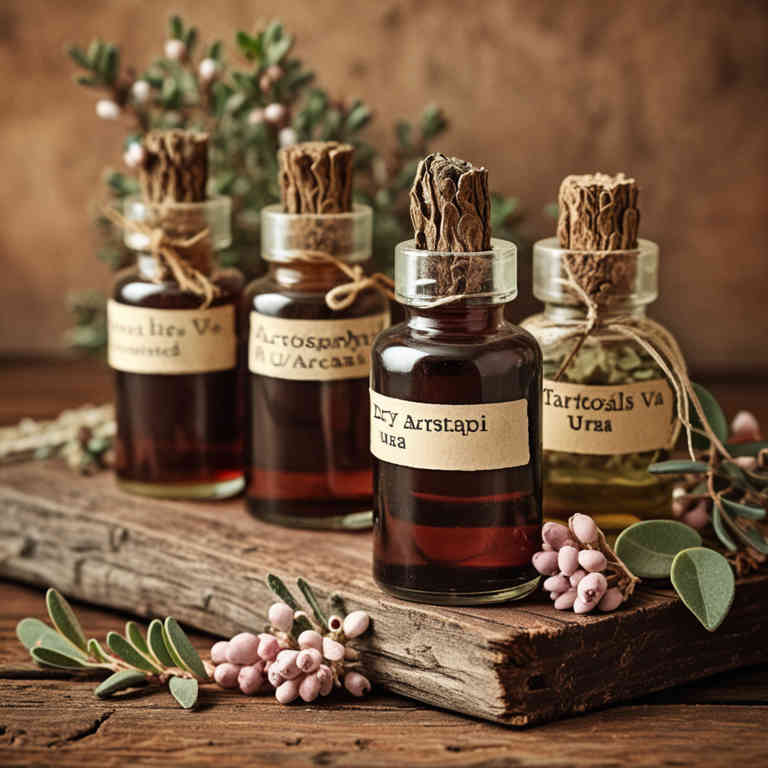
4. Syrups
Arctostaphylos uva-ursi syrups is commonly used to treat urinary tract infections, bladder inflammation, and other lower urinary tract disorders.
This herbal preparation is valued for its antimicrobial and anti-inflammatory properties, which help alleviate symptoms associated with these conditions. The most common medicinal uses include addressing symptoms of urinary tract infections, cystitis, and kidney stones. The bioactive constituents responsible for its medicinal effects include arbutin, tannins, and flavonoids, which have antimicrobial and astringent actions.
These compounds work synergistically to support urinary health and reduce infection-related discomfort.

5. Linctuses
Arctostaphylos uva-ursi linctuses is commonly used to treat respiratory tract infections, including coughs, bronchitis, and sore throats.
This herbal preparation is valued for its antimicrobial and anti-inflammatory properties, which help alleviate symptoms associated with these conditions. The most common medicinal uses include soothing irritated mucous membranes and reducing inflammation in the respiratory system. The bioactive constituents responsible for its medicinal effects include arbutin, which has antibacterial properties, and tannins, which provide astringent and anti-inflammatory actions.
Additionally, the presence of flavonoids contributes to its antioxidant and healing properties.

6. Capsules
Arctostaphylos uva-ursi capsules is commonly used to support urinary tract health and treat infections such as cystitis and urinary tract infections (UTIs).
This herbal preparation is also used for its antimicrobial and anti-inflammatory properties. The most common medicinal uses include treating bladder infections, kidney stones, and other urinary tract disorders. The bioactive constituents responsible for its medicinal properties include arbutin, tannins, flavonoids, and hydroxybenzoic acid.
These compounds contribute to its antibacterial, astringent, and antioxidant effects.

7. Lozenges
Arctostaphylos uva-ursi lozenges is commonly used to treat respiratory and urinary tract infections due to their antimicrobial and anti-inflammatory properties.
They are often used for conditions such as sore throat, coughs, and urinary tract infections (UTIs). The bioactive constituents responsible for these effects include arbutin, tannins, and flavonoids, which have antibacterial and astringent properties. Arbutin is particularly noted for its ability to be metabolized into hydroquinone, which has antimicrobial effects against bacteria like E. coli and Staphylococcus aureus.
These lozenges are also believed to support overall immune function and reduce inflammation in the mucous membranes.

8. Creams
Arctostaphylos uva-ursi creams is commonly used to treat skin infections, urinary tract infections, and inflammatory conditions due to their antimicrobial and astringent properties.
The most common medicinal uses of this herbal preparation include addressing symptoms of urinary tract infections, eczema, and other skin irritations. The bioactive constituents responsible for its medicinal effects include arbutin, tannins, and flavonoids, which exhibit antibacterial, anti-inflammatory, and astringent actions. These compounds help reduce microbial growth and soothe inflamed tissues.
As a result, arctostaphylos uva-ursi creams are valued in traditional and alternative medicine for their natural therapeutic benefits.
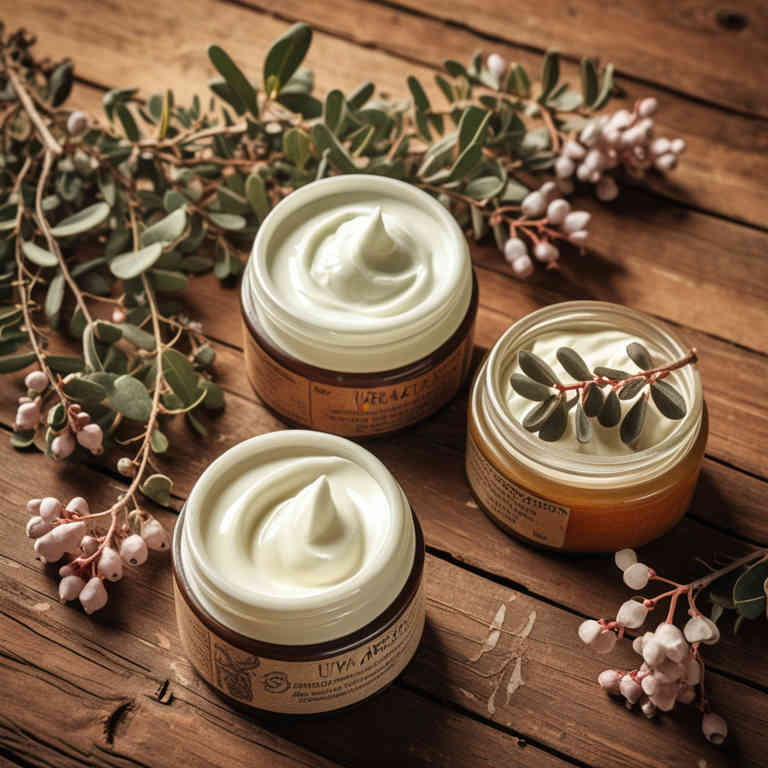
9. Oinments
Arctostaphylos uva-ursi oinments is commonly used to treat urinary tract infections, skin irritations, and inflammatory conditions due to its antimicrobial and astringent properties.
The most common medicinal uses include addressing urinary tract infections, eczema, and wounds, as well as reducing inflammation and promoting skin healing. The bioactive constituents responsible for these effects include arctiin, which is converted to arbutin in the body, and tannins, which have astringent and antimicrobial actions. Additionally, the plant contains flavonoids and phenolic compounds that contribute to its anti-inflammatory and antioxidant properties.
These components work synergistically to provide the therapeutic benefits associated with Arctostaphylos uva-ursi oinments.

10. Liniments
Arctostaphylos uva-ursi liniments is commonly used to treat skin infections, urinary tract infections, and inflammatory conditions.
These liniments are often applied topically to alleviate symptoms of eczema, psoriasis, and fungal infections due to their antimicrobial and anti-inflammatory properties. The most common medicinal uses include addressing urinary tract infections, skin irritations, and wounds. The bioactive constituents responsible for these effects include arbutin, tannins, and flavonoids, which possess antimicrobial, astringent, and antioxidant activities.
These compounds contribute to the plant's ability to reduce inflammation and combat bacterial and fungal infections.
